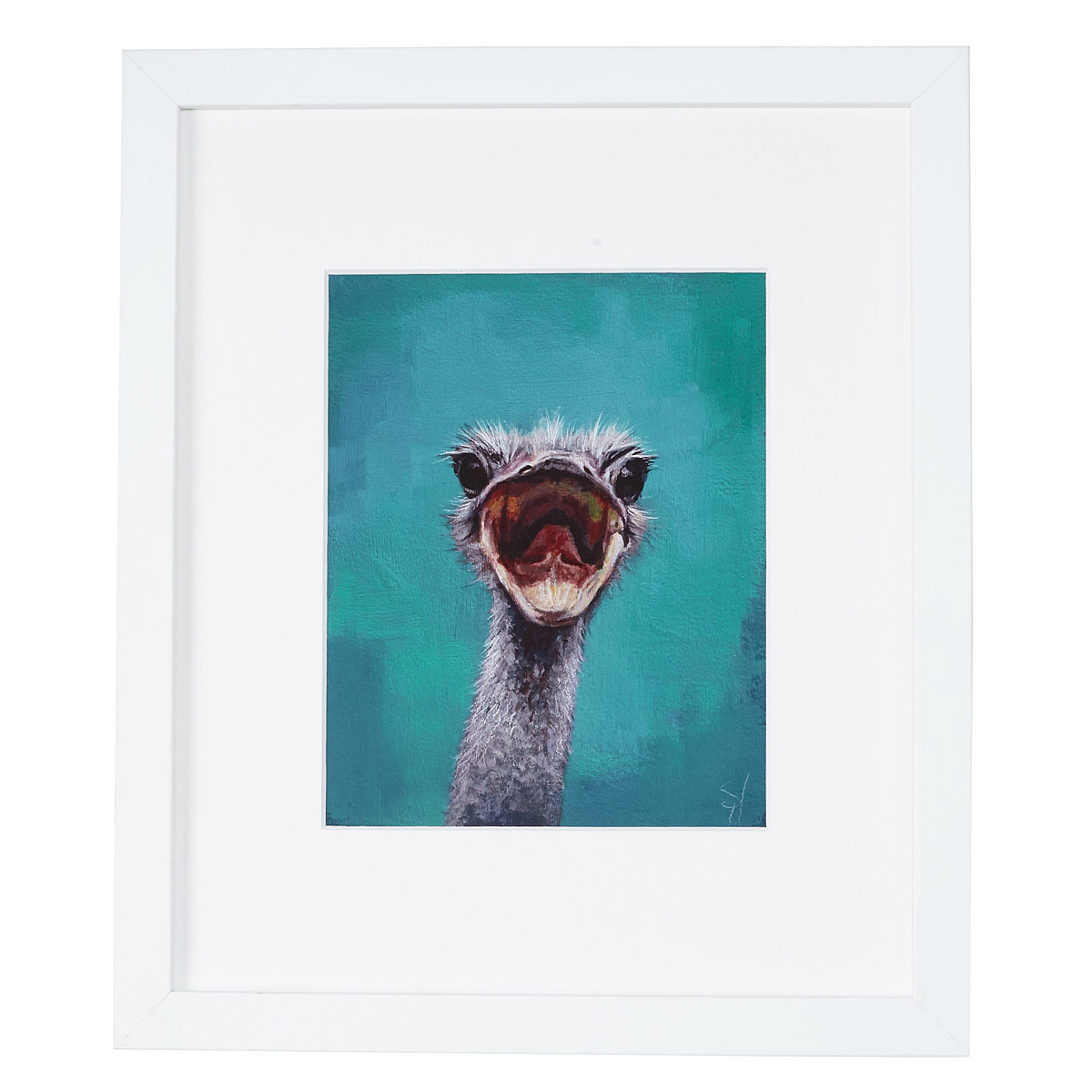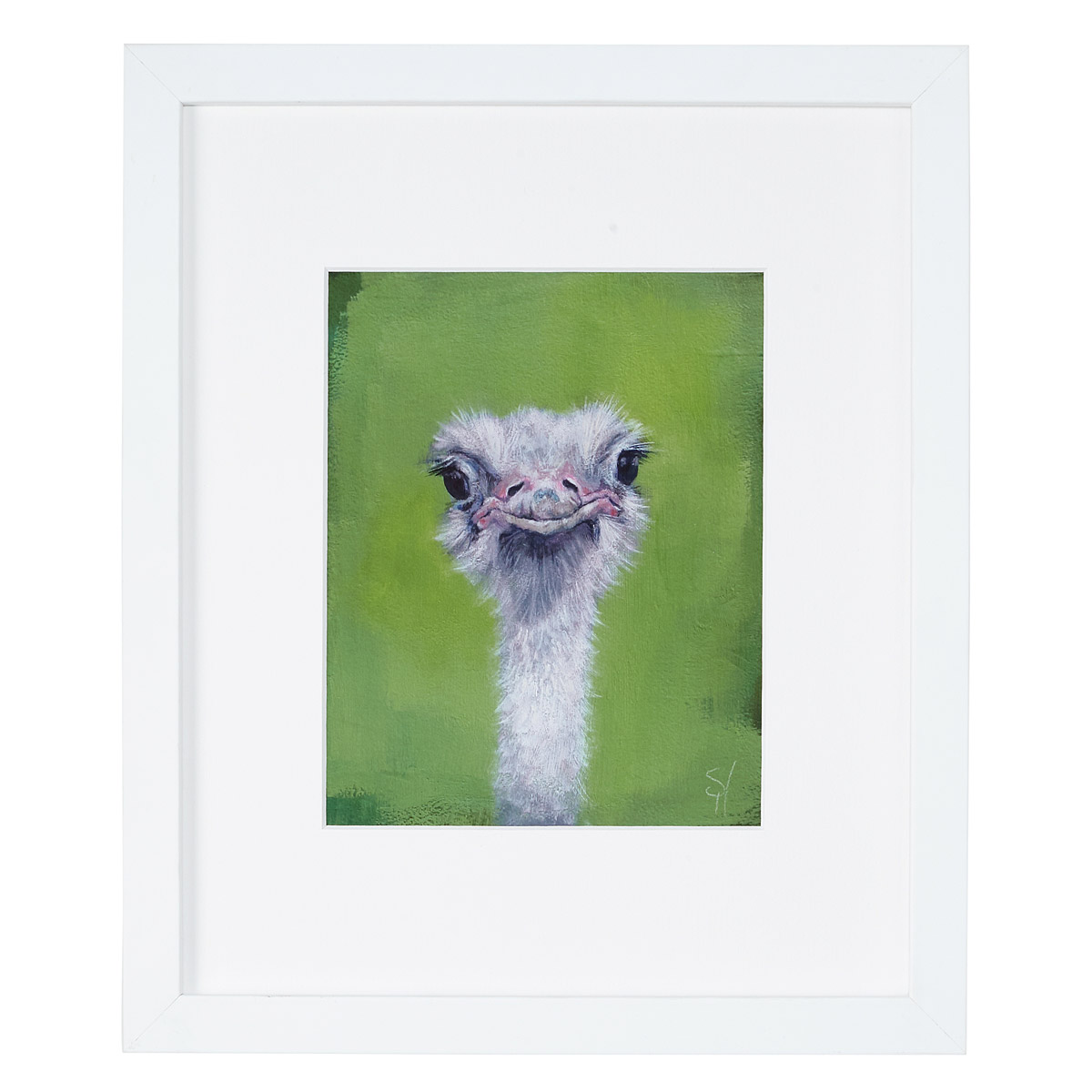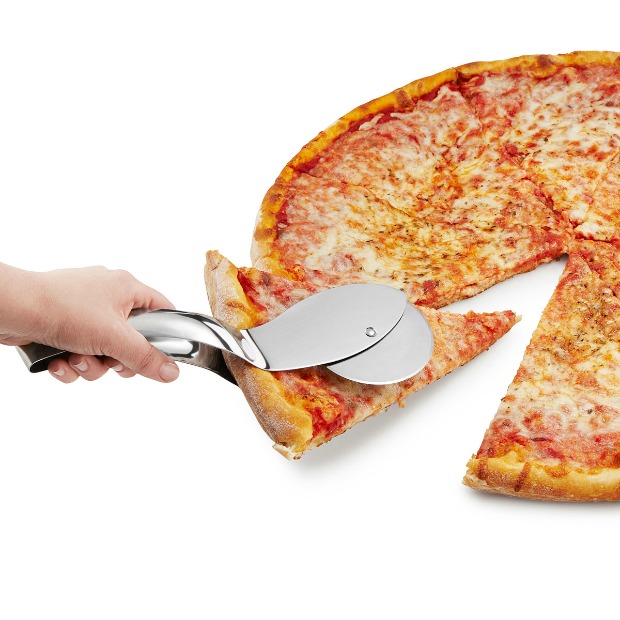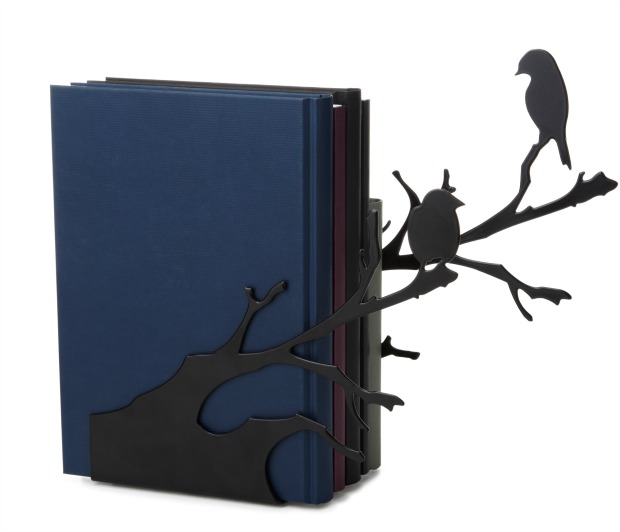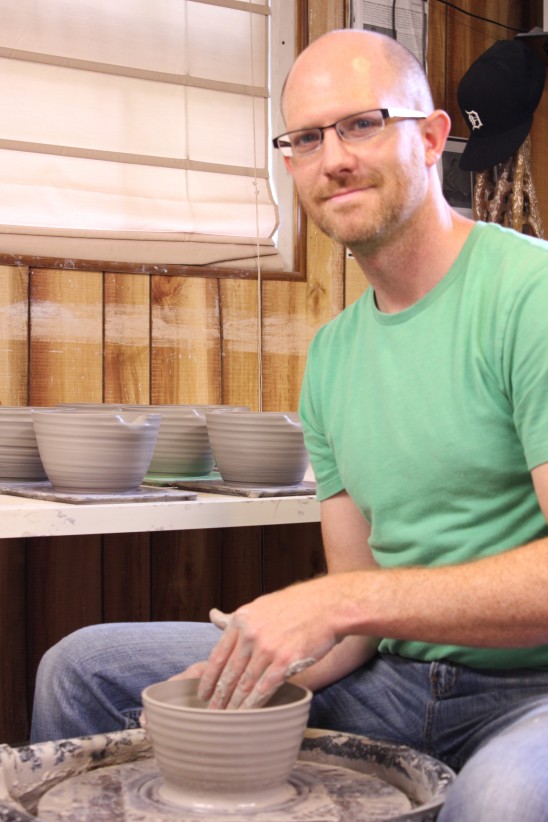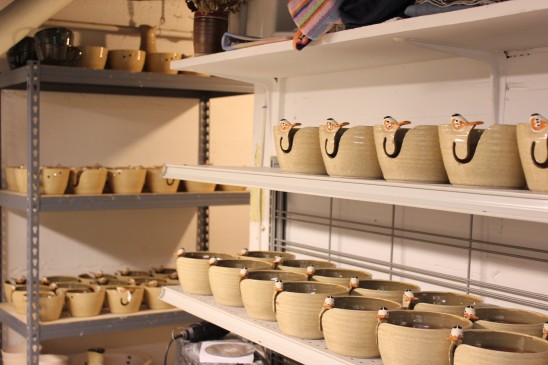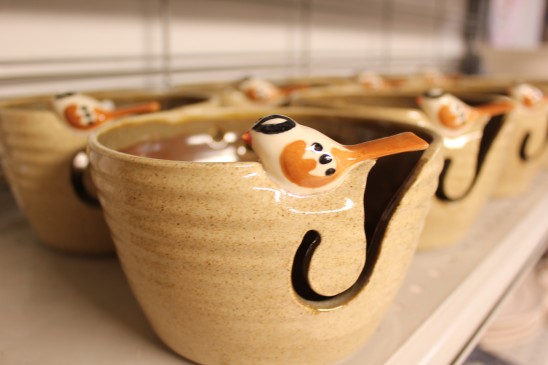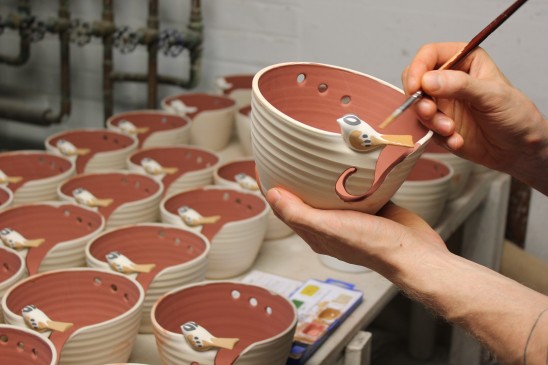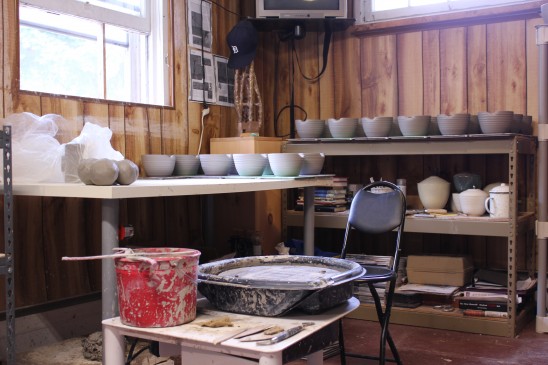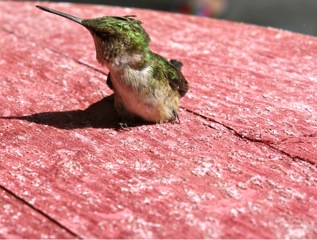Science has finally confirmed the reason ladies love the rather literally named LL Cool J—at least if humans are anything like birds, specifically nightingales. Research suggests that the quality of a male nightingale’s song lets females know how good a father he’ll be.
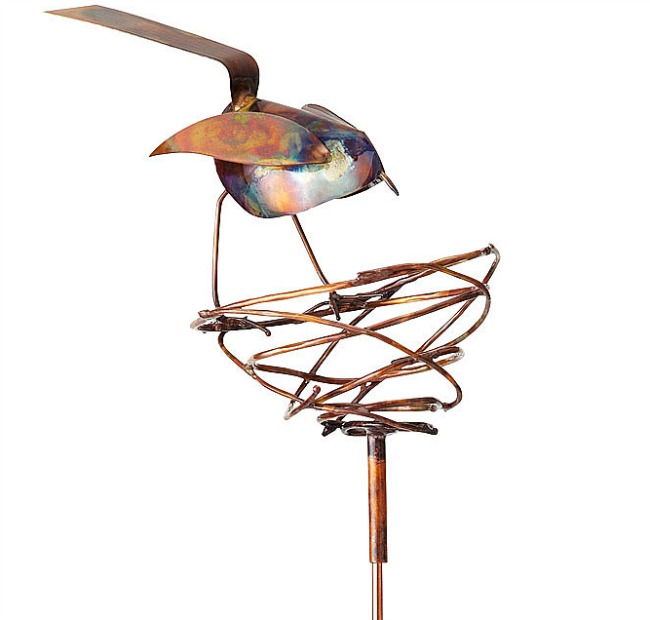 The study, published in the journal BMC Evolutionary Biology, found that the better the male nightingale was at singing, the more often he fed his offspring, which is especially important because the males play a big role in raising their young. Because all nightingales are pretty talented singers, it’s essential that the ladies are real critics of nocturnal ditties. They listen not just for the quality of their potential mate’s chirp but also for the complexity of his crooning—scientists found that it’s flight-of-fancy variations such as “buzz,” “whistle,” and “trill” that really earn him bonus points.
The study, published in the journal BMC Evolutionary Biology, found that the better the male nightingale was at singing, the more often he fed his offspring, which is especially important because the males play a big role in raising their young. Because all nightingales are pretty talented singers, it’s essential that the ladies are real critics of nocturnal ditties. They listen not just for the quality of their potential mate’s chirp but also for the complexity of his crooning—scientists found that it’s flight-of-fancy variations such as “buzz,” “whistle,” and “trill” that really earn him bonus points.
Bird and Nest Copper Garden Stake | $88.00



